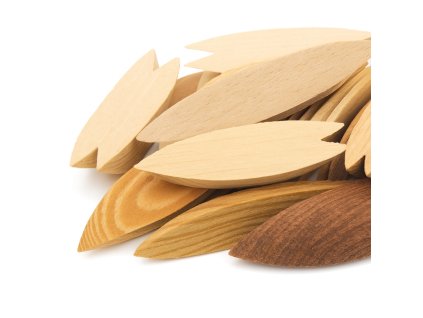In this test, we'll take a look at what happens to Titebond Ultimate III ( Class D4) when left in the cold. We tested how the adhesive behaves when exposed to -5°C. Sometimes wood glues are not sent out in the winter because they can freeze, which can cause the glue to clump, reduce its strength, or separate its components.
Test with Titebond III Ultimate:
1) We put a small amount of Titebond glue in the freezer for 3.5 hours at -5°C. We wanted the sample to be quickly chilled and constantly exposed to frost.
2) After removing it from the freezer, we checked how the glue looked. It remained liquid and looked no different than before freezing. It didn't have any frozen chunks or discoloration. One sample was frozen glue and the other was fresh glue.
3) Then we made a joint with this supercooled glue. We did this right out of the freezer so the glue was not at room temperature. This broke two rules of gluing- that the glue should not be frozen, and that the temperature of the glue and the material should be the same. The temperature difference was about 20°C, which is not ideal as it can cause the material to expand and condensation to form on the material. We let the joint dry for 24 hours.
4) At the same time, we made another joint in ideal conditions - with the adhesive and material at room temperature. This was also allowed to dry for 24 hours.
5) After the joint had completely dried, we tore both joints apart to determine their strength.
The test results showed that the joint with fresh glue was very strong - it even broke outside the glued part. In contrast, the joint with glue that had been frozen had about 75% strength compared to the ideal one. This joint showed that it was glued and even had a piece of wood ripped out in one spot.
The conclusion of the test is that while Titebond Ultimate can withstand frost without changing its consistency, it is important to follow the correct gluing procedure and temperature conditions for the best joint strength.























 Vytvořil Shoptet
Vytvořil Shoptet